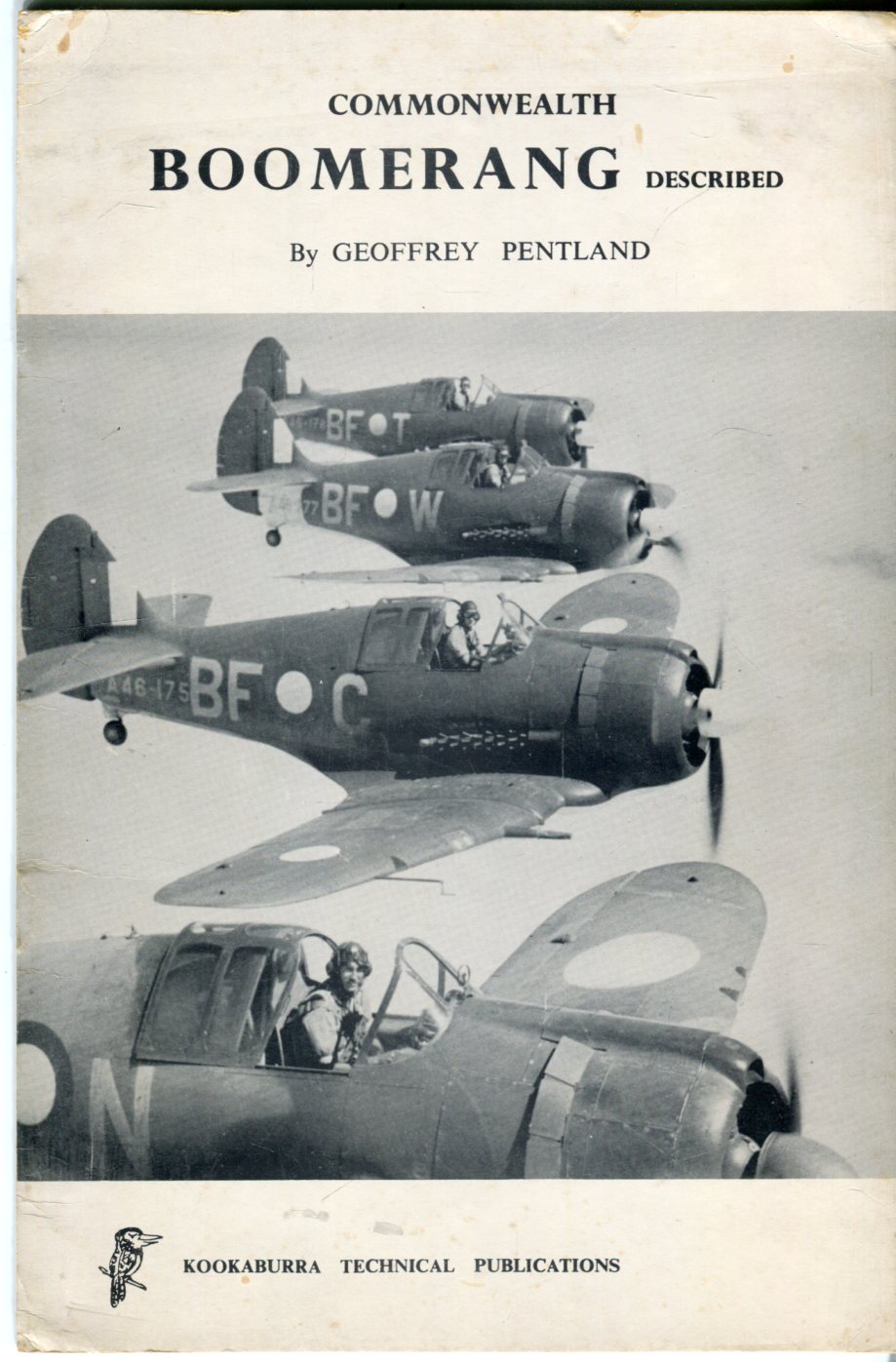Aircraft Technical Publications - JD Sillion, vice president of products and solutions at InfoTrust Group reviews the trends that define what it takes to stay competitive in the civil aviation industry.
This four-part series explains how new document specifications, content consumption expectations, mobile technology and other trends in civil aviation information management have created a step change in the industry with the goal of increasing information management efficiency techniques throughout its lifecycle, from OEMs and manufacturers. its suppliers to airlines and MROs, challenging the current way of doing things.
Aircraft Technical Publications

If a commercial aircraft soaring through the skies makes a captivating impression, the complexity of that aircraft is to a greater extent terrifying. A quick look at the Boeing 747 family of aircraft, one of the most impressive aircraft in the world, if not the most complex by today's standards, is revealing. The 747 family, which first flew commercially in 1970, includes models with more than six million parts each. Each also has 274 km of wiring and 8 km of pipes; they consist of 147,000 pounds (66,150 kg) of high-strength aluminum, with 16 main landing gear tires and two nose landing gear tires. The height of a 747 aircraft is 63 feet 8 inches (19.4 m), equivalent to a six-story building.
Aircraft Technical Publication Solid Scale Model Aircraft J.h. Elwell
Seventy-five thousand engineering drawings were used to produce the first 747s, and 971 lights, indicators and switches were used in the first 747 models. The plane has a "flexible" cabin interior that allows airlines to reset the seats and class configurations overnight (within eight hours) and supports 48-hour turnaround times for kitchen and bathroom changes.
Since its first flight, the 747 family has logged more than 42 billion nautical miles (77.8 billion kilometers), equivalent to 101,500 trips from Earth to the Moon and back. The 747s flew to 3.5 billion people, the equivalent of more than half the world's population.[1]
Building, operating and maintaining such a complex and widely used aircraft fleet for nearly half a century is no small feat. And while half the world's population cares about the comfort, convenience and on-time departure and arrival of every flight, passengers are largely unaware of the silent army of technical professionals who work around the clock to make every flight flawless to celebrate
In order to operate a fleet of aircraft in a safe and timely manner, airlines are required to maintain a large amount of technical documentation to assist technicians in performing standard and non-routine tasks. This includes Aircraft Maintenance Manuals (AMMs), Aircraft Recovery Manuals (ARMs), Component Maintenance Manuals (CMMs), Fault Manuals and Troubleshooting Manuals (FRM/FIM/TSM), Aircraft Operations Manuals flight crew (FCOM), maintenance planning documents (MPD ) ). , master minimum equipment lists (MMELs), structural repair manuals (SRMs), system description sections (SDSs), weight and balance manuals (WBMs), wiring diagram manuals (WDMs), illustrated parts catalogs (CPI) and more.
Aircraft Technical Publications & Maintenance Manuals
In fact, it has been said that if all the technical information needed to operate and maintain an airplane were printed, it would fill an entire 747 in cargo configuration. According to Boeing, in 1998 "[they] distributed enough maintenance documents to create a stack of paper more than 24 miles (38 km) high and a stack of microfilm cartridges more than 14 miles (22 km) high" [2]
And rightly so: when you have equipment as complex as aircraft, accurate and up-to-date technical content is an absolute necessity. There is no safe way to maintain aircraft without proper documentation.
You don't have to look far to understand the importance of technical information in commercial aviation. Airline operators must adhere to strict regulations for technical information related to the operation and maintenance of aircraft. These requirements are imposed by aviation regulatory authorities such as the US Federal Aviation Administration (FAA), the European Aviation Safety Agency (EASA) of the European Union and similar bodies in other countries.

To operate commercially, operators must meet FAA and EASA technical information certification requirements. Operators must also demonstrate compliance with airworthiness directives (ADs), "lawfully enforced regulations issued by the FAA pursuant to 14 CFR part 39 to correct an unsafe condition in an [aircraft] product".[3] and issued by EASA on behalf of the European Community, its Member States and third European countries participating in EASA activities.[4]
Bae Systems Air Prestwick
First and foremost, these regulations help ensure the safe operation of aircraft, and because of their importance to public safety, airlines make compliance their number one priority. Failure to comply with federally mandated technical information can result in aircraft grounding (EASA states that "the continued airworthiness of an aircraft is ensured by the completion of any applicable AD. Consequently, no person may operate an aircraft to which an AD applies". ”[5] ) or the imposition of severe fines, which have financial consequences that no airline can risk.
The sheer amount of information required to operate and maintain not just one aircraft, but an entire fleet of aircraft while being compliant is staggering. Perhaps most importantly, for operators to demonstrate regulatory compliance and for technicians to find all the necessary information through related material in various manuals to perform tasks accurately, airlines need a way to organize and manage all their technical aspects. information as well as a methodology for technicians to access through their aircraft models. Complement this with technicians working 24/7 in multiple locations around the world who need to be able to access the latest released versions at the same time, and multiple users in one location who need to access their own copies of the document . information, and the need for effective management of technical information becomes clear.
Airlines simply cannot and do not rely on volumes of colorful manuals to operate and keep aircraft running year after year. Through a brief look at the actors involved in the creation, management and distribution of technical information for the aviation industry, such as technical information standards for civil aviation and other trends in information consumption and management, we can see how the industry is moving from paper-based approaches to modern digital information models.
The almost overwhelming volume and complexity of technical information supporting the aviation industry can be seen from the perspective of OEMs and operators who create and use technical information, as well as the information standards developed over several decades to facilitate the exchange of information. facilitating through the ecosystem. for Aerospace technical information.
C 130b H Technical Publications
The origin of the technical information is the original equipment manufacturers (OEMs) and their suppliers. This includes major aircraft manufacturers such as Boeing, Airbus, Embraer and others, engine manufacturers such as General Electric, Pratt & Whitney and Rolls-Royce, and the hundreds of suppliers that specialize in the systems and components that make up an aircraft. Each supplier and OEM must provide technical information regarding the systems or components they supply, based on the manuals that the major aircraft manufacturers provide to their airline customers.
Airlines and their technicians are in turn consumers of technical information, as are maintenance, repair and overhaul (MRO) providers who play a role in aircraft maintenance.
OEMs and their suppliers require a way to efficiently exchange information with their key partners and airlines, while MRO consumers of technical information need an efficient way to receive and access technical information (and, in the case of airlines, adjust). Whether a supplier is a small company specializing in a discrete component or a leading engine manufacturer, and whether the airline operator is a small regional airline or a large airline operating worldwide, each is connected by the technical information ecosystem that an aircraft accompanies in all its activity. whole life

Several information standards have been put in place over the past two decades to facilitate the flow of information between OEMs, their supply chains, airlines and MROs. The first standard was ATA100 (ATA: Air Transport Association), introduced in 1956 as a paper-based and microfilm-based standard for aircraft numbering systems. In the early 1990s, a digital data attachment was added to the ATA100 to support early digital data.
Focke Wulf Fw 190 Described, Part 1 Of Two Parts (technical Manual, Series 1, No. 5)
The first real specification to support digital technical data was ATA iSpec 2100. It was introduced in the mid-90s, around the same time that Airbus and Boeing introduced their technical information management systems, and Jouve Data Management, the forerunner of InfoTrust Group, presented its technical information management system. AirGTI system and related Task Manager to manage maintenance manuals and task cards.
In the last decade, manufacturers and airlines have based their maintenance and engineering manuals on ATA iSpec 2200. This specification was developed by the Air Transport Association (ATA) as a global aviation industry standard for the content, structure and aircraft technical electronic exchange. and maintenance information.[6] The specification was introduced in large part to address the enormous volumes of paper required to produce multiple manuals and publications that accompany each aircraft. ATA iSpec 2200 reduced reliance on paper by providing a common way to enable the electronic use of engineering and maintenance information for the aerospace industry.
The next step in technical information standards is the S1000D, which today is recognized as the new standard for information exchange.
Aircraft publications, aircraft technical log, technical publications manager jobs, technical publications manager, aircraft technical logbook, diamond aircraft technical publications, aircraft technical manuals, technical publications services, cessna technical publications, rolls royce technical publications, technical publications writer, technical publications
0 Comments